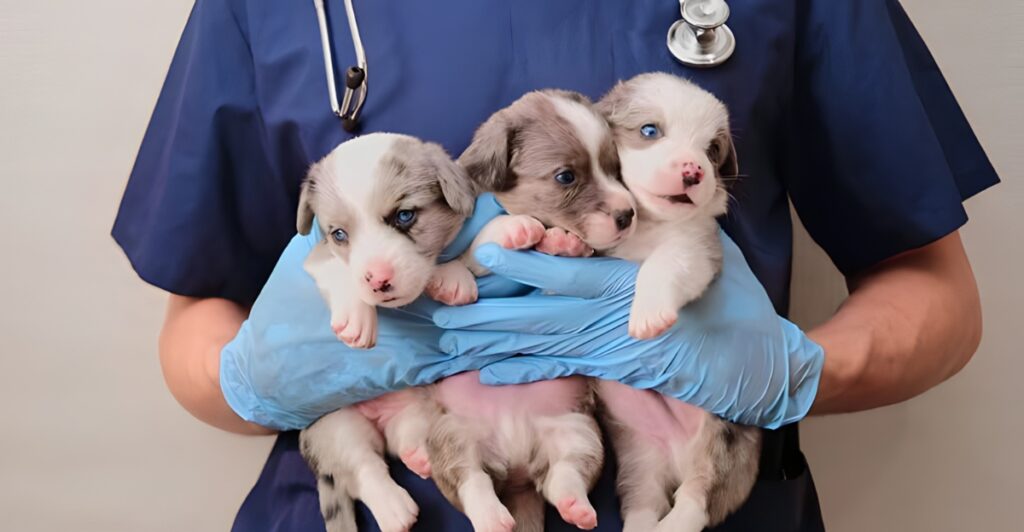
Imagine never saying goodbye to your beloved dog, ever. It sounds like science fiction, but for those with deep pockets, this dream is a reality. Dog cloning, once confined to movie screens and far-off theories, is now a booming industry. For around $50,000 or more, you can bring back a near-exact genetic twin of your pup. While many rejoice at the idea of “immortalizing” their pets, critics question whether this cutting-edge science is an ethical miracle or a step too far.
Cloning 101: How It Works
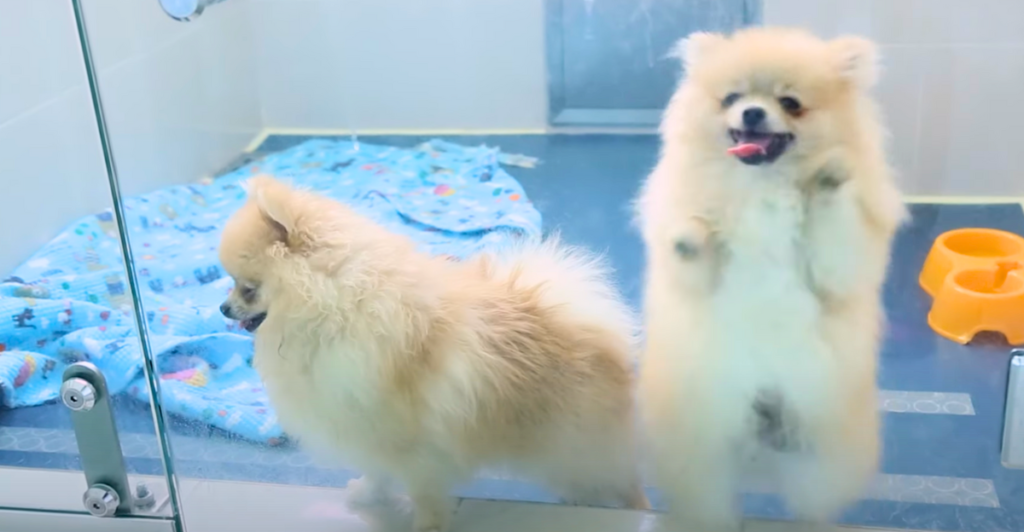
Cloning isn’t magic; it’s meticulous science. The process begins with extracting DNA from the original dog, often via skin cells. The DNA is then injected into an egg cell that’s had its nucleus removed, creating a genetic match. That embryo is placed into a surrogate dog, who carries and births the clone. It’s a tedious, complex, and resource-intensive process. And while the result is a genetic twin, it’s important to note that personality and memories don’t come along for the ride; just genes.
The First Famous Clone: Snuppy
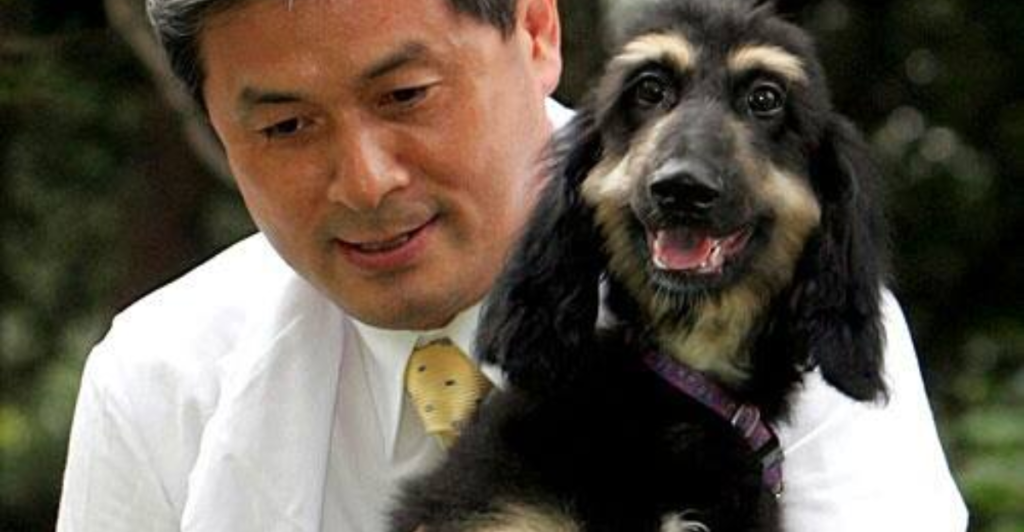
The cloning craze kicked off in 2005 when South Korean scientists successfully cloned the first dog, “Snuppy,” a genetically identical Afghan Hound. Snuppy proved the skeptics wrong and marked a milestone in biotechnology. Yet Snuppy’s success came after hundreds of failed attempts, leading to widespread concerns about animal welfare. Since then, the dog cloning industry has exploded into a lucrative business, attracting wealthy pet lovers from across the globe. Science had spoken: your beloved pup could now live on. Well, sort of.
Meet the Million-Dollar Clients

The business of dog cloning is tailor-made for the ultra-rich. Celebrities, tech moguls, and luxury lovers lead the charge. Famous names have openly admitted to cloning their dogs, sparking both curiosity and controversy. These clients aren’t just paying for a pet. They’re buying an idea: that love doesn’t have to end. Some see it as a priceless emotional investment, while others see it as a ridiculous display of privilege. Regardless, the demand for cloned dogs continues to grow.
The Identity Debate
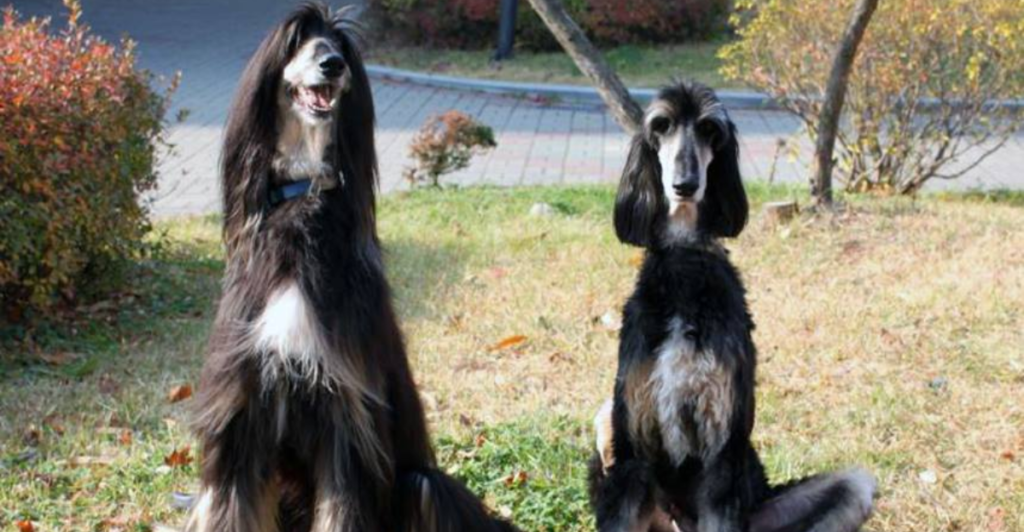
Here’s where things get murky. A cloned dog may look like a spitting image of its predecessor, but it isn’t the same dog. Behavior, personality, and memories are shaped by environment and experiences, not just DNA. Many cloning clients find that while their “new” pet bears an uncanny resemblance, it’s not identical in temperament. Critics argue that people are chasing ghosts: replicating genetics but not the soul. It’s a question of identity that dog cloning can’t quite answer.
The Hidden Costs: It’s Not Just About the Money
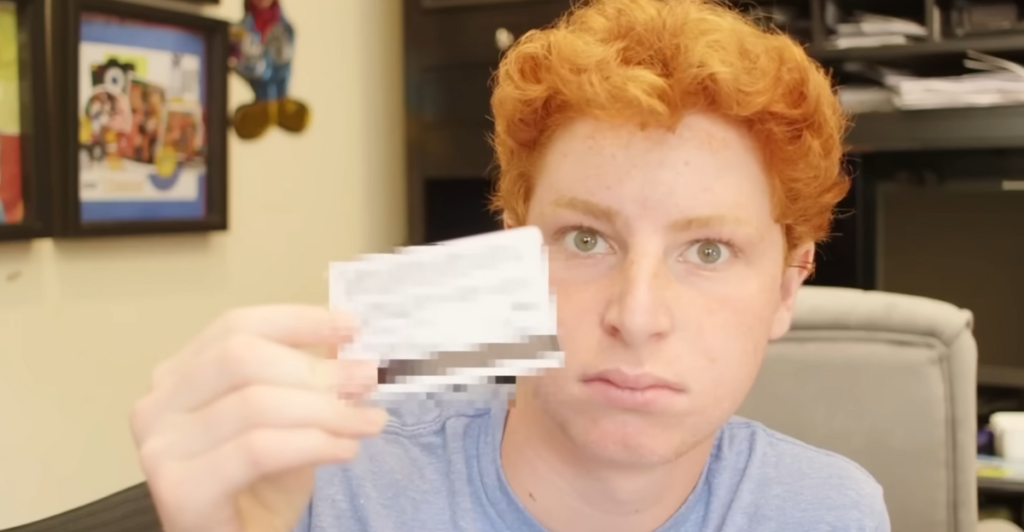
While a $50,000 price tag raises eyebrows, the real cost of dog cloning goes beyond bank statements. The process involves countless surrogates and embryos, many of which fail. Cloning requires trial and error, meaning many animals endure failed pregnancies or early deaths before a single successful clone is born. Ethical concerns have emerged around the treatment of these animals. For every “miracle clone,” many others never make it, casting a dark shadow on the glittering success stories.
The Emotional Appeal: Love Beyond Death
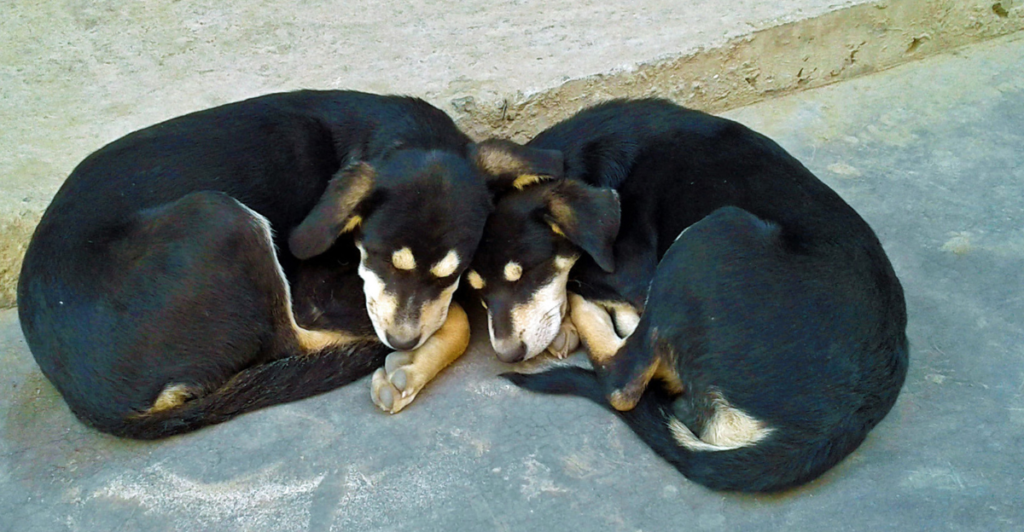
Why do people clone their dogs? Grief is at the heart of it. For many, losing a dog feels like losing a family member. The cloning industry capitalizes on this intense emotional bond, offering what seems like hope: a second chance. Some clients describe the joy of seeing their old dog “reborn,” claiming it eases their heartbreak. Others, however, find the experience haunting, realizing they can never truly bring their beloved companion back, just a genetic echo.
The Ethics of “Playing God”
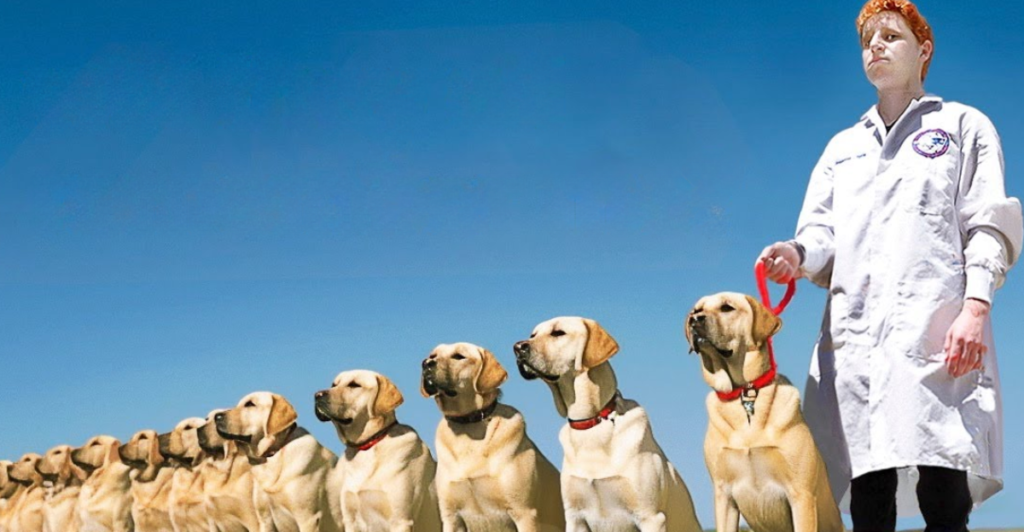
The ethics of cloning extend far beyond pet lovers. Many scientists, animal rights groups, and ethicists argue that cloning pushes the boundaries of morality. Should we be “playing God” with life? Critics highlight that the cloning process often exploits surrogate dogs and creates unnecessary suffering. On the other side of the debate, proponents argue that cloning pets is no different than breeding them and that science should be used to fulfill human desires, especially when there’s demand.
A Glimpse Behind the Scenes
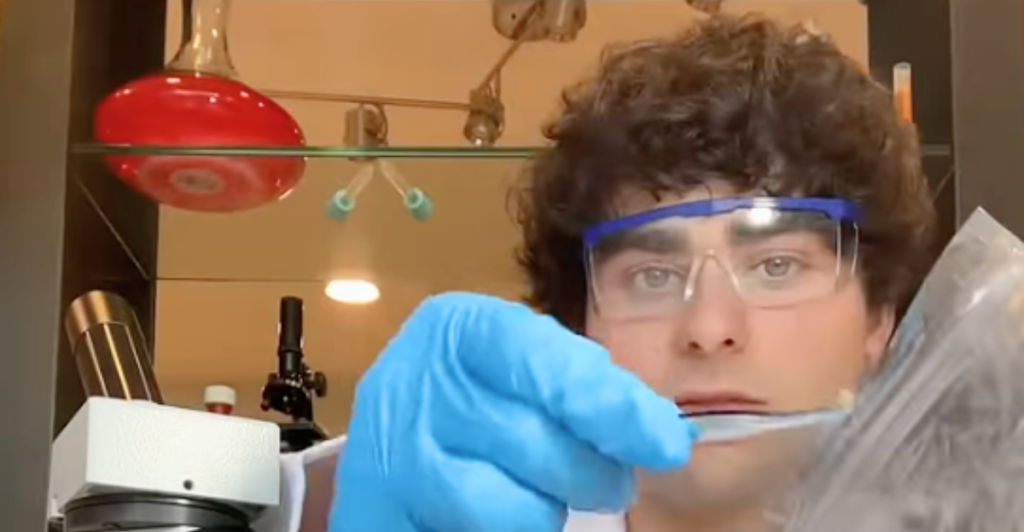
Behind the heartwarming reunion stories is a world of high-tech laboratories and clinical precision. Cloning facilities are hidden away, run by skilled scientists who operate under secrecy. In these labs, dogs are not pets but subjects, tools to refine the cloning process. The stark contrast between the joy of clients and the sterile lab conditions where embryos are tested raises questions. Are we sacrificing animal welfare in the name of sentimentality? It’s a question few cloning companies want to answer.
The Rise of Pet Cloning Companies

The dog cloning industry is dominated by a handful of players, primarily based in South Korea, China, and the United States. Companies like Sooam Biotech and ViaGen Pets are at the forefront, offering full-service cloning packages. Their marketing is brilliant: glossy photos of puppies, tearful success stories, and promises of emotional closure. For them, cloning isn’t just science. It’s a carefully packaged product designed to tug at the heartstrings of grieving pet owners worldwide.
The Science of the Future: Can It Get Better?
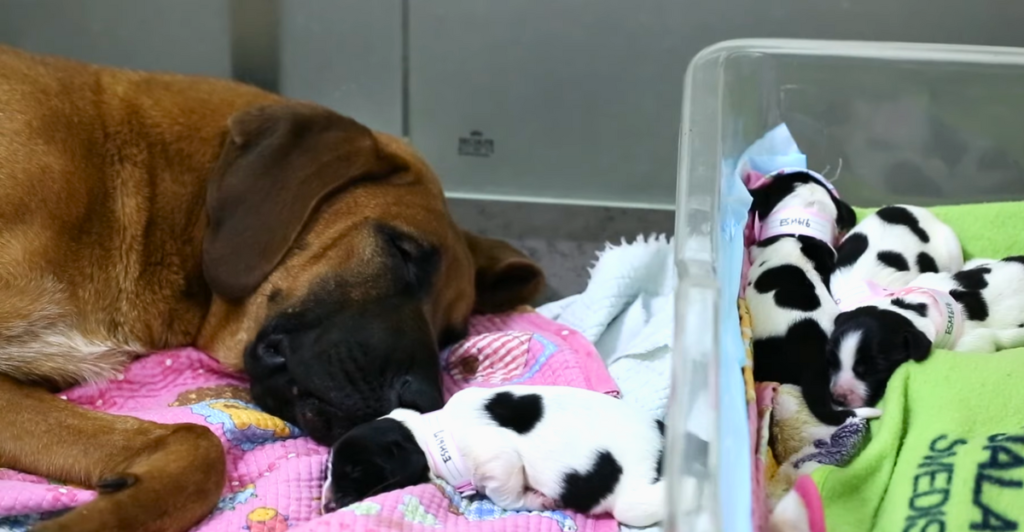
As with any technology, dog cloning is evolving. Scientists are striving to make the process more efficient, humane, and affordable. With advancements in genetic engineering and stem cell research, some believe cloning could soon bypass many of its current hurdles. There’s even talk of cloning endangered animals or creating genetically “enhanced” pets. Whether this future is a utopia or a dystopia depends on perspective. But one thing is clear: cloning science isn’t slowing down.
The Counter-Movement: “Adopt, Don’t Clone”
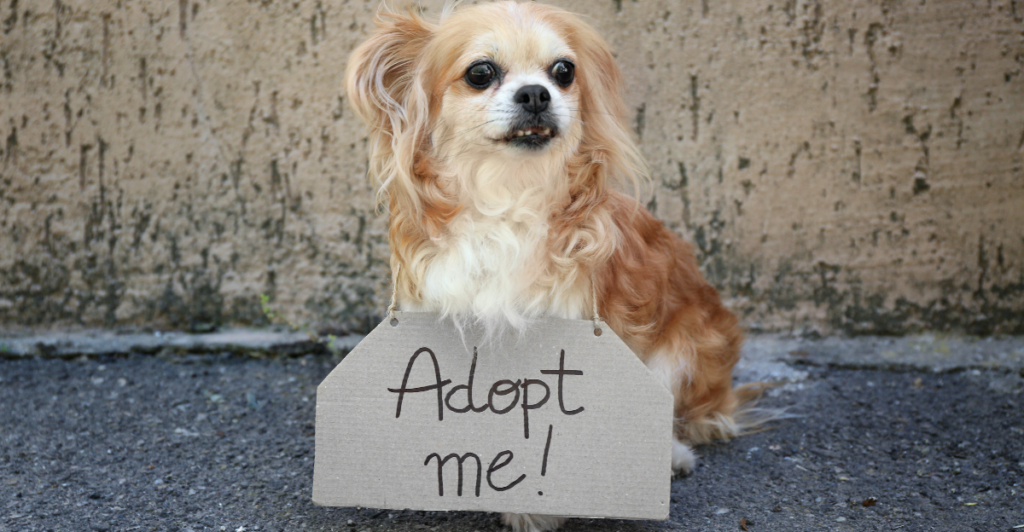
For every client eager to clone a dog, there’s a critic who says: adopt one instead. Animal shelters are overflowing with dogs in need of loving homes, yet the cloning industry grows unabated. Activists argue that cloning is a selfish act, ignoring the larger crisis of homeless pets. Adoption advocates urge people to honor their lost dogs by saving another life, rather than spending tens of thousands on a genetic copy. To them, cloning isn’t love, it’s wasteful vanity.
The Moral of the Tale: What Are People Really Chasing?

At its core, the dog cloning industry forces people to confront uncomfortable questions. What are people really chasing when they clone their pets? Is it love, closure, or the denial of loss? While science has made it possible to replicate a dog’s DNA, it hasn’t solved the puzzle of life itself. Whether cloning is a miracle or a mistake depends on who you ask. But perhaps the truest way to honor a beloved pet is to accept the lesson they taught you: that love, though fleeting, is irreplaceable.
References:
Controversial Business of Dog Cloning
Some spend big bucks on pet cloning
Should You Clone Your Dog?
Pet cloning is getting more popular despite the cost
Stay connected with us for more stories like this! Follow us to get the latest updates or hit the Follow button at the top of this article, and let us know what you think by leaving your feedback below. We’d love to hear from you!







